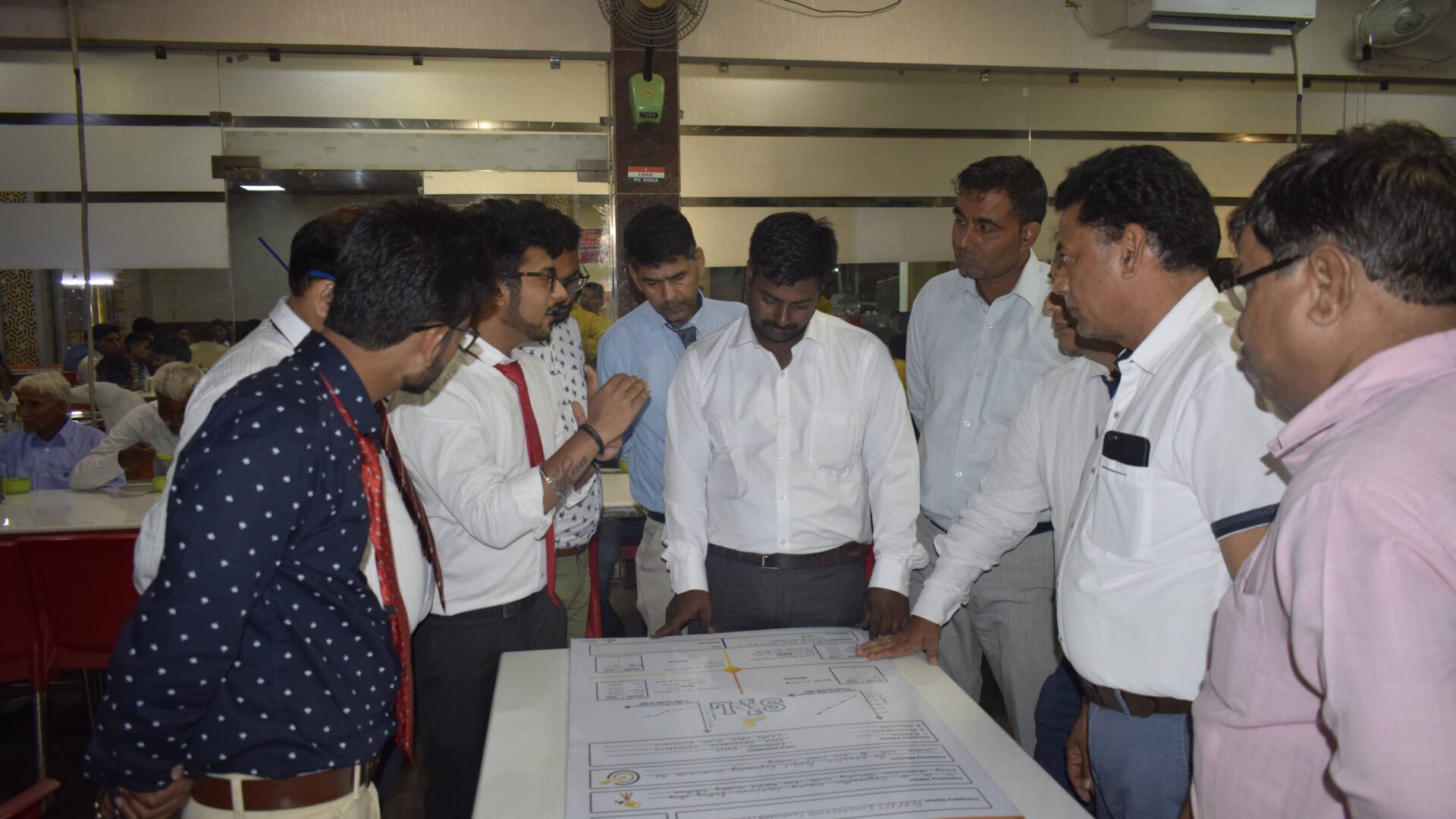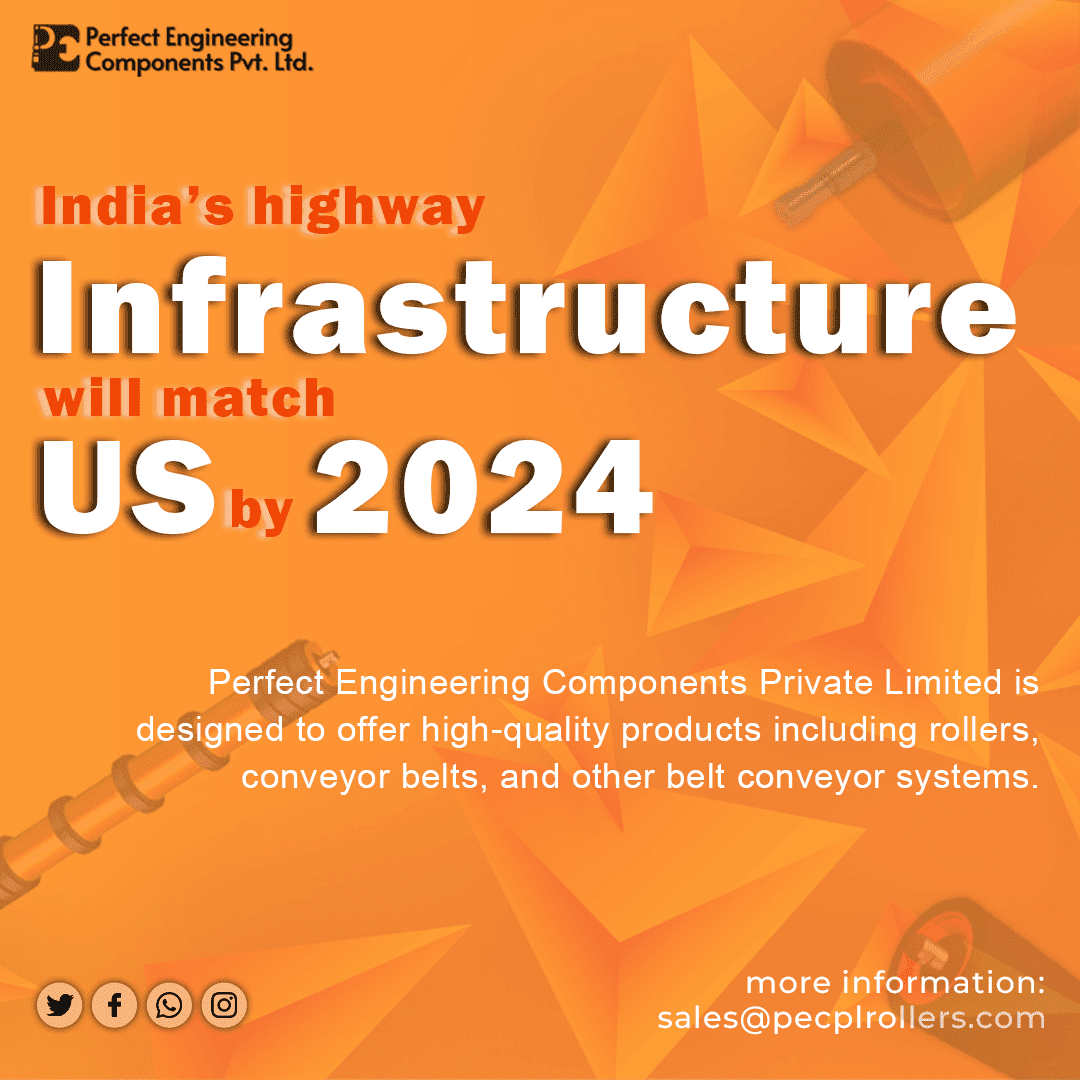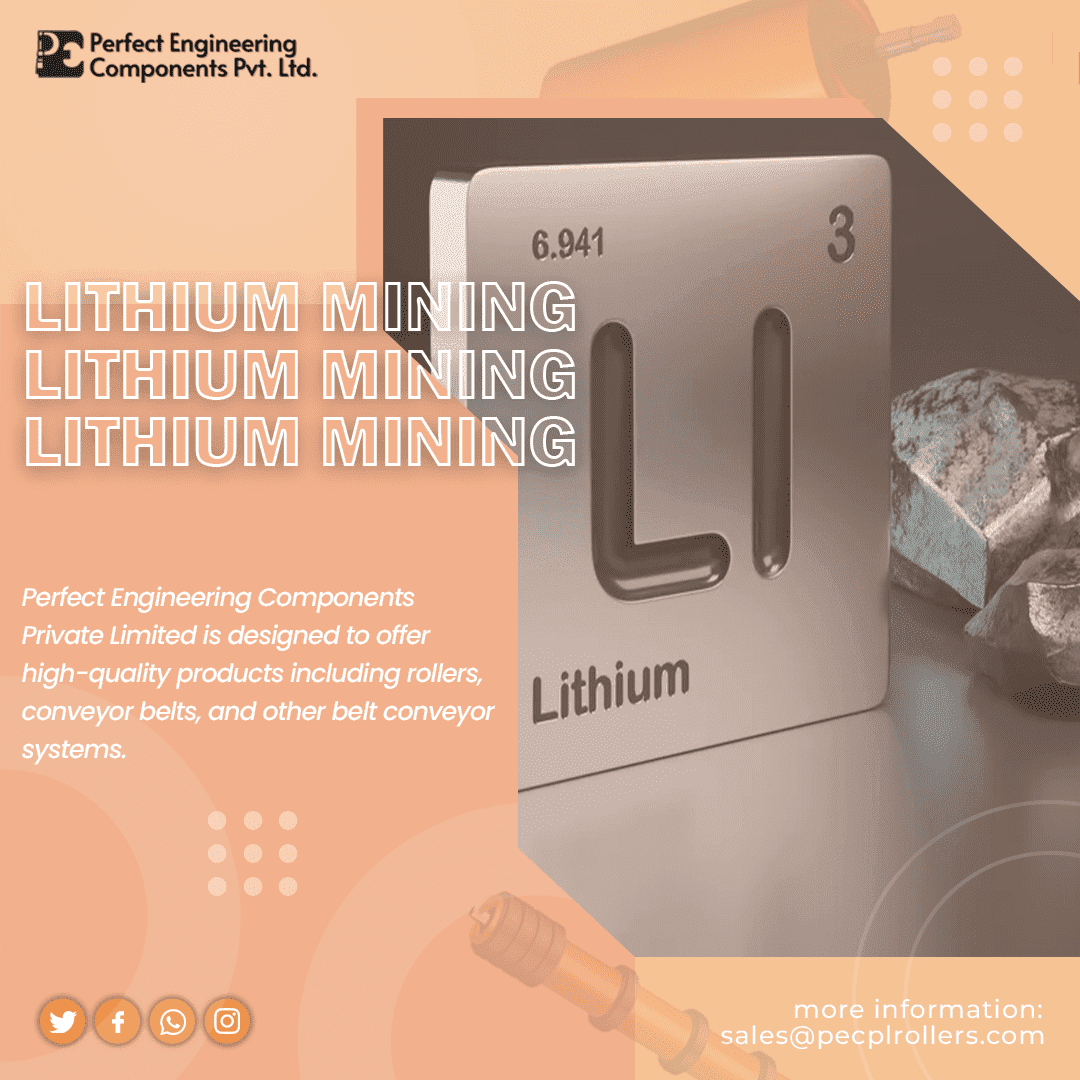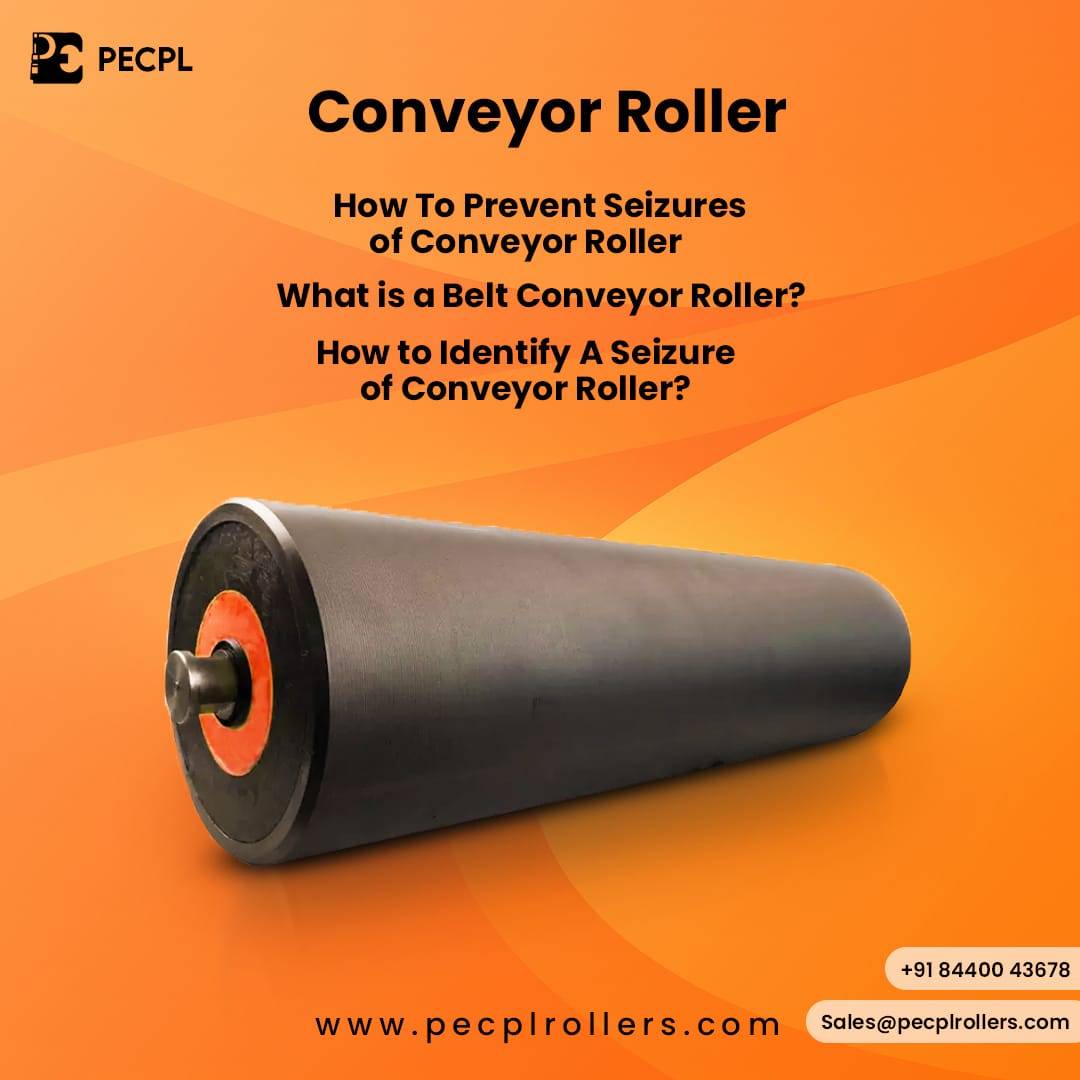Welcome to “The Essential Guide to Optimizing Workflow with Belt Conveyors.” In today’s fast-paced world, efficiency is key to staying competitive. And that’s where belt conveyors come in. Whether you’re in manufacturing, warehousing, or logistics, these versatile machines can streamline your workflow and boost productivity.
In this comprehensive guide, we’ll delve into the various aspects of belt conveyors and how they can optimize your operations. From design considerations and installation tips to maintenance best practices and safety guidelines, we’ve got you covered.
Our expert team has carefully curated this guide to ensure you have all the information you need to make informed decisions. We’ll explore the different types of belt conveyors available, their applications, and how to choose the right one for your specific needs. We’ll also provide valuable insights on increasing efficiency, reducing downtime, and maximizing ROI.
So, whether you’re a seasoned professional looking to upgrade your existing system or a newcomer to the world of belt conveyors, this guide will equip you with the knowledge and know-how to optimize your workflow and elevate your business to new heights. Let’s get started!
Benefits of Using Belt Conveyors in Workflow Optimization
Belt conveyors offer a range of benefits that can significantly optimize your workflow. Firstly, they provide a smooth and continuous flow of materials, eliminating the need for manual handling and reducing the risk of product damage. This ensures that your operations run efficiently and minimizes downtime.
Additionally, belt conveyors are highly customizable, allowing you to design a system that fits your specific workflow requirements. From varying belt widths and lengths to adjustable speeds and inclines, you have the flexibility to tailor the conveyor to your needs. This adaptability enables you to optimize your workflow by maximizing space utilization and minimizing bottlenecks.
Furthermore, belt conveyors are designed to handle a wide range of materials, from heavy loads to delicate items. This versatility makes them suitable for diverse industries, including manufacturing, food processing, and e-commerce. By utilizing belt conveyors, you can effectively transport goods of different sizes, shapes, and weights, improving overall productivity and reducing labor costs.
In summary, the benefits of using belt conveyors in workflow optimization include improved efficiency, customization options, and versatility in handling various materials. By harnessing these advantages, you can streamline your operations, enhance productivity, and gain a competitive edge in the market.
Types of Belt Conveyors and Their Applications
When it comes to belt conveyors, there are several types available, each designed for specific applications. Let’s explore some of the most common types and their uses.
- Flat Belt Conveyors: Flat belt conveyors are the most basic type and consist of a flat, continuous belt that moves items horizontally or with a slight incline. They are suitable for transporting lightweight to medium-weight loads over short to medium distances. Flat belt conveyors are commonly used in industries such as electronics, packaging, and small parts assembly.
- Incline Belt Conveyors: As the name suggests, incline belt conveyors are designed to move materials at an incline or decline. They are used when there is a need to transport items between different levels within a facility or when dealing with steep terrain. Incline belt conveyors are often utilized in industries such as mining, agriculture, and construction.
- Slider Bed Conveyors: Slider bed conveyors feature a smooth surface made of metal or plastic, known as the bed, which supports the belt. They are ideal for handling bulky or irregularly shaped items. Slider bed conveyors are commonly used in recycling plants, airports, and warehouses.
- Roller Bed Conveyors: Roller bed conveyors consist of rollers that support the belt, reducing friction and allowing for heavier loads. They are suitable for transporting heavy items or materials that may have uneven bottoms. Roller bed conveyors are commonly found in industries such as automotive manufacturing, distribution centers, and appliance production.
- Cleated Belt Conveyors: Cleated belt conveyors feature vertical or horizontal cleats on the belt surface to prevent materials from sliding or falling off. They are used when there is a need to transport loose or bulk materials, such as grains, aggregates, or chemicals. Cleated belt conveyors are commonly used in industries such as mining, agriculture, and bulk material handling.
These are just a few examples of the types of belt conveyors available. It’s important to consider your specific workflow requirements and consult with experts to determine the best type of conveyor for your application. By selecting the right conveyor, you can ensure smooth material flow, maximize efficiency, and optimize your workflow.
Factors to Consider When Choosing a Belt Conveyor for Your Workflow
Choosing the right belt conveyor for your workflow is crucial to optimizing your operations. To ensure you make an informed decision, consider the following factors:
- Material Characteristics: Understand the characteristics of the materials you will be handling, including weight, size, shape, and fragility. This will help determine the appropriate belt type, width, and strength required to transport the materials effectively.
- Space Constraints: Evaluate the available space in your facility to determine the conveyor’s dimensions, including length, width, and height. Ensure that the conveyor fits seamlessly into your workflow without causing congestion or obstructing other processes.
- Throughput Requirements: Determine the desired throughput or the number of items you need to move per unit of time. This will help determine the conveyor’s speed and capacity requirements to meet your workflow demands.
- Environmental Factors: Consider the environmental conditions in your facility, such as temperature, humidity, and exposure to dust or chemicals. These factors may impact the choice of materials for the conveyor components to ensure durability and longevity.
- Maintenance and Accessibility: Evaluate the ease of maintenance and accessibility for cleaning, repairs, and component replacements. Choose a conveyor design that allows for easy access to critical areas and minimizes downtime during maintenance operations.
By carefully considering these factors, you can select a belt conveyor that aligns with your workflow requirements, enhances efficiency, and optimizes your operations.
Designing an Efficient Workflow with Belt Conveyors
Designing an efficient workflow with belt conveyors involves careful planning and consideration of various factors. Here are some key steps to follow:
- Analyze Your Workflow: Begin by analyzing your existing workflow and identifying any bottlenecks or inefficiencies. Observe the movement of materials and identify areas where manual handling or transportation delays occur. This analysis will help you identify the specific areas where belt conveyors can be integrated to streamline operations.
- Map Your Workflow: Create a detailed map of your workflow, including the locations of workstations, storage areas, and material inputs and outputs. This map will serve as a blueprint for designing the conveyor system and determining the optimal layout for efficient material flow.
- Determine Conveyor Placement: Based on your workflow map, determine the ideal placement of the belt conveyors. Consider the distance between workstations, the flow of materials, and any spatial constraints. This will ensure that the conveyors are strategically positioned to minimize material handling and maximize efficiency.
- Consider Conveyor Configuration: Choose the appropriate configuration for your belt conveyors based on your workflow requirements. This may include straight conveyors for linear material flow, curved conveyors for navigating corners, or merging and diverging conveyors to accommodate multiple material streams.
- Optimize Material Transfer Points: Pay close attention to material transfer points, such as loading and unloading areas, to ensure smooth and efficient transfer between conveyors or other equipment. Optimize these points by incorporating accessories like chutes, diverters, or sensors to automate material flow and reduce the risk of jams or blockages.
- Integrate Control Systems: Integrate control systems, such as programmable logic controllers (PLCs), to automate the conveyor system and synchronize it with other processes. This will enable seamless material flow, reduce the risk of manual errors, and improve overall workflow efficiency.
By following these steps and working closely with conveyor system experts, you can design an efficient workflow that maximizes the benefits of belt conveyors and optimizes your operations.
Maintenance and Troubleshooting Tips for Belt Conveyors
Regular maintenance and timely troubleshooting are essential to ensure the smooth operation of your belt conveyors. Here are some tips to keep your conveyor system in optimal condition:
- Inspect and Clean Regularly: Conduct regular inspections to identify any signs of wear, damage, or misalignment. Clean the conveyor and remove any debris or build-up that may hinder its performance. Regular cleaning and inspection will help prevent issues and extend the lifespan of your conveyor system.
- Check Belt Tension: Proper belt tension is crucial for smooth operation. Check the tension regularly and adjust it as needed. Too much tension can cause excessive wear and strain on the motor, while too little tension can result in slippage or belt misalignment.
- Monitor Bearings and Rollers: Inspect the bearings and rollers for signs of wear, such as excessive noise, vibrations, or rough movement. Lubricate them regularly to ensure smooth rotation and prevent premature failure.
- Monitor Belt Tracking: Ensure that the belt remains aligned and centered on the conveyor. Misaligned belts can cause damage to the system and result in reduced efficiency. Adjust the tracking as needed to maintain proper alignment.
- Address Issues Promptly: If you notice any issues or abnormalities during operation, address them promptly. Ignoring small issues can lead to more significant problems and costly downtime. Consult with conveyor system experts or maintenance professionals to resolve any issues effectively.
- Train and Educate Staff: Provide training and education to your staff on the proper operation, maintenance, and troubleshooting of the conveyor system. Equip them with the knowledge and skills to identify and address common issues. This will help prevent accidents, reduce downtime, and ensure the longevity of your conveyor system.
By implementing a proactive maintenance and troubleshooting routine, you can minimize downtime, maximize the lifespan of your conveyor system, and optimize your workflow.
Case Studies: Successful Implementation of Belt Conveyors in Workflow Optimization
To gain a better understanding of how belt conveyors can optimize workflow, let’s explore two case studies of successful implementation:
Case Study 1: Manufacturing Facility
A manufacturing facility producing automotive components was facing challenges with their manual material handling processes. They decided to integrate belt conveyors into their workflow to streamline operations and increase productivity.
The facility installed a combination of flat belt conveyors and incline belt conveyors to transport components between workstations and different levels within the facility. By automating material flow, they eliminated the need for manual handling, reducing the risk of injuries and improving overall efficiency.
The implementation of belt conveyors resulted in a significant reduction in production time, as components could seamlessly move between workstations without delays. The facility also experienced a decrease in material damage, as the conveyors provided a smooth and controlled transport mechanism.
Case Study 2: Warehouse and Distribution Center
A warehouse and distribution center handling a large volume of products sought to optimize their workflow and increase order fulfillment efficiency. They decided to incorporate roller bed conveyors into their operations.
The roller bed conveyors were strategically placed throughout the facility to transport products from the receiving area to the storage areas and then to the shipping area. By automating the material flow, the center achieved faster order processing and reduced labor requirements.
The implementation of roller bed conveyors allowed for the efficient movement of products, reducing the time taken to locate and retrieve items from storage. The automated system also minimized the risk of errors in order fulfillment, resulting in improved customer satisfaction.
These case studies highlight how belt conveyors can be successfully integrated into various industries to optimize workflow, improve efficiency, and achieve significant productivity gains.
Best Practices for Maximizing the Efficiency of Belt Conveyors in Your Workflow
To maximize the efficiency of belt conveyors in your workflow, consider the following best practices:
- Optimize Conveyor Speed: Set the conveyor speed to match the desired throughput without compromising product integrity. Adjusting the speed can reduce cycle time and increase overall throughput.
- Utilize Accumulation Zones: Incorporate accumulation zones along the conveyor line to temporarily store products when downstream processes are not ready to receive them. This prevents congestion and allows for a continuous flow of materials.
- Implement Sortation Systems: Integrate sortation systems, such as barcode scanners or diverters, to automate the routing of products to specific destinations. This reduces the need for manual sorting and improves order accuracy and processing speed.
- Invest in Conveyor Accessories: Explore various conveyor accessories, such as sensors, guides, or stoppers, to optimize material flow and prevent jams or blockages. These accessories can enhance the efficiency and reliability of your conveyor system.
- Monitor and Analyze Data: Utilize data collection and analysis tools to monitor the performance of your conveyor system. Identify any bottlenecks, inefficiencies, or areas for improvement. Use this data to make informed decisions and optimize your workflow further.
- Continuous Improvement and Training: Foster a culture of continuous improvement by regularly reviewing and refining your conveyor system. Provide training to employees on new procedures or technologies to ensure they can adapt to changes and optimize the system’s performance.
By implementing these best practices, you can maximize the efficiency of your belt conveyors, improve workflow productivity, and achieve optimal operational performance.
Safety Considerations When Working with Belt Conveyors
Safety should be a top priority when working with belt conveyors. Here are some important safety considerations:
- Guarding: Ensure that all moving parts of the conveyor system, such as belts, pulleys, and gears, are properly guarded to prevent accidental contact. Use fixed or adjustable guards that comply with safety standards to protect workers from potential hazards.
- Emergency Stop Buttons: Install emergency stop buttons at accessible locations along the conveyor line. These buttons should be clearly labeled and easily reachable in case of emergencies or unexpected incidents.
- Lockout/Tagout Procedures: Implement lockout/tagout procedures to ensure that maintenance or repair work is performed safely. Lockout/tagout devices should be used to isolate the conveyor from power sources and prevent accidental startup during maintenance operations.
- Training and Education: Provide comprehensive training to employees on the safe operation, maintenance, and troubleshooting of the conveyor system. Educate them about potential hazards, safe work practices, and emergency procedures to minimize the risk of accidents.
- Regular Inspections: Conduct regular inspections of the conveyor system to identify any safety hazards or maintenance issues. Promptly address any concerns to maintain a safe working environment.
- Safety Signage: Install clear and visible safety signage, such as warning



